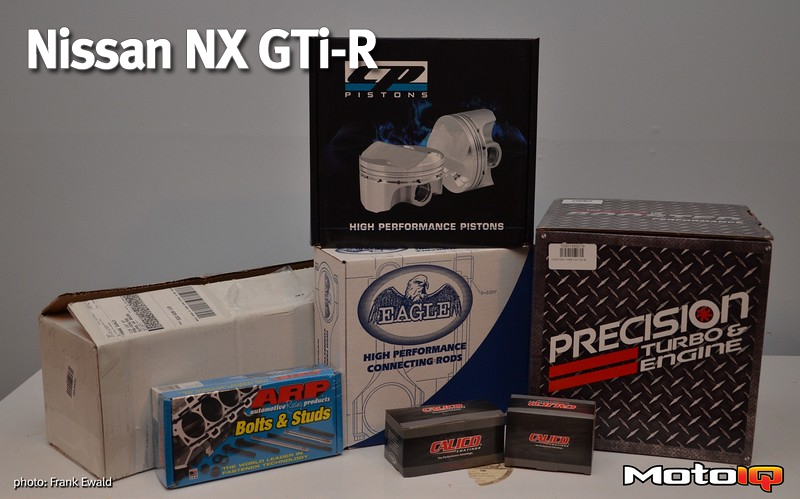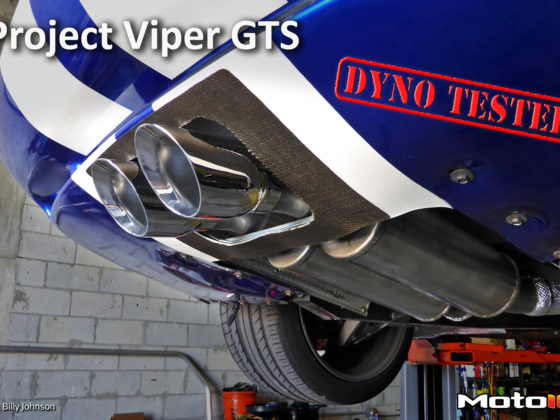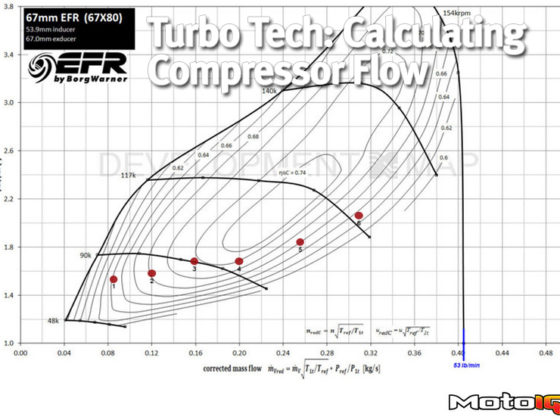,
I enjoy making Dave laugh. Backed by my incredible knowledge of engine parts, as I looked at the pistons I called Dave over to check them out because I noted that they had grooves for four rings! Yet the kit only came with three? Of course, Dave laughed and pointed out that what I assumed was a fourth ring groove was actually an accumulator groove. It is designed to provide space in the event that there is any blow by and thus reduce ring flutter. Literally, I learn something knew every day. And especially every engine build.
There was one question that I had as I looked at the pistons with Dave Schlueter, my mechanic and engine builder. Actually, Dave had the question and I echoed it. Which way did the pistons get installed? The stock pistons have an indicator revealing the front of the piston. Dave has pointed out to me in previous builds that if the piston is installed backwards that it will be a weak point and the engine will not last. A quick call to CP-Carrillo clarified this and gave us peace of mind. These forged pistons for my application were symmetrical and could be installed in either direction. Dave and I chose to position them with the writing (part numbers) all facing the front of the engine. I think that all engine builders are slightly anal retentive, not that this is a bad thing as they need to be, because there are so many details.
 Checking the ring gap. You cannot see it here, but Dave was meticulous in ensuring that the ring gaps were offset to minimize blow-by issues.
Checking the ring gap. You cannot see it here, but Dave was meticulous in ensuring that the ring gaps were offset to minimize blow-by issues. The workmanship of Eagle Rods is simply spectacular. I literally had to stare at them when I first unpackaged them, as I couldn't see how or where they split apart. You're probably thinking that my eyes are getting old and tired (which is likely true), but I challenge you at a quick glance to find the seam.
The workmanship of Eagle Rods is simply spectacular. I literally had to stare at them when I first unpackaged them, as I couldn't see how or where they split apart. You're probably thinking that my eyes are getting old and tired (which is likely true), but I challenge you at a quick glance to find the seam.We selected Eagle Rods because they are an awesome product and they help take any build to the next level. Taking them out of the box I was hard pressed to see the seam indicating the split where they are taken apart and bolted to the crank. The workmanship is literally that good. Here again I faced the temptation to push the bar. Once you open up an engine the desire to make it a standout engine is so great. After all, why get equivalent to stock rods when it is so easy to purchase longer rods to make a stroker engine. That is something I grew up hearing about so the desire to incorporate that into my build was there. But again, not in the cards for what I'm doing with my engine and my car. I want a build that is going to produce a reliable 325 to 350 whp that can be used on road race courses for track days and time attack. Plus the car will be plated and can be driven to and from the track plus fun excursions. So stock length Eagle Rods were selected. Ideal for my build.
 I should have taken the time to note the difference in weight between the new and the old. The strength of the new components is going to add reliability to my build.
I should have taken the time to note the difference in weight between the new and the old. The strength of the new components is going to add reliability to my build.Eagle Rods come with ARP fasteners and they are symmetrical and can be installed in either direction. In our case, Dave decided that the Eagle symbol embossed onto the rod would face the front of the engine. While I hope that no one needs to pull this engine apart any time soon, when they do they will see a focus upon attention in the part selection and upon the build. Each rod and piston assembly orientated the same way. Quality products throughout. The forged H Beam construction of the Eagle Rods provides incredible strength combined with light weight. Forged from 4340 Chromoly steel with a very high nickel content, Eagle Rods are using what is among the strongest 4340 steel available. And yes, Virginia, there are differences in the strength of steel – even if they have the same designation. Combined with the heat treatment and tempering processes – which is stuff that I know absolutely nothing about – they create a product that has the strength required for high horsepower applications. As I was handling their product, Eagle's attention to detail became evident.
 Eagle builds two piece rods. Even looking at these rods, I had to explain to an onlooker that these are two piece forged units.
Eagle builds two piece rods. Even looking at these rods, I had to explain to an onlooker that these are two piece forged units. Eagle Rods, unlike some manufacturers, does not use one piece forged units that are cracked to create a close seam. They are two piece forged units, with the rod and cap being stronger than a one piece forged unit. Eagle Rods carefully machines the pieces to create that almost invisible seam.
 Another invaluable tool during an engine rebuild is a ring compressor. It makes almost impossible tasks simple. Note the ARP fasteners that come standard with Eagle Rods.
Another invaluable tool during an engine rebuild is a ring compressor. It makes almost impossible tasks simple. Note the ARP fasteners that come standard with Eagle Rods.


